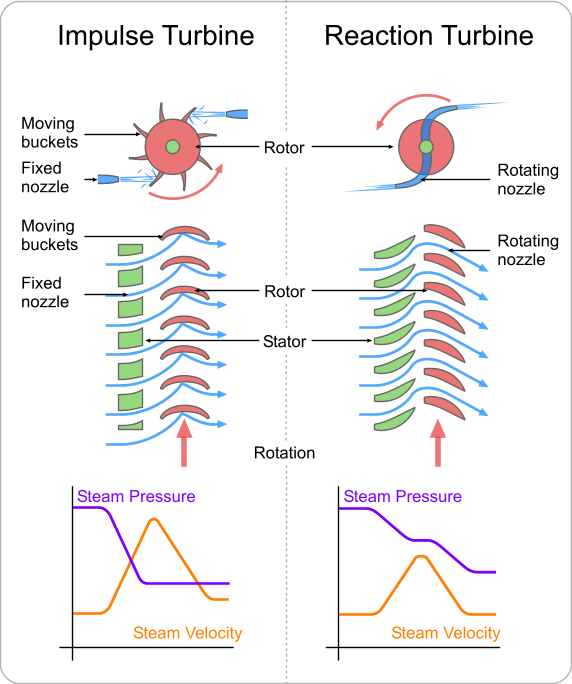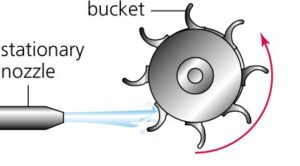Safety inspection is an important means to eliminate hidden dangers, prevent accidents and improve working conditions. It is an important part of mine production safety management. Through the safety inspection, the risk factors in the production process of the mining enterprise, the hidden dangers of the accident and the management defects can be found in time, so that measures can be taken to ensure safe production.
First, the content of the security check
(1) Checking ideas, checking the leaders' understanding of safety production at all levels, and implementing the "safety first, prevention-oriented" policy and "three simultaneous" and other relevant situations.
(2) Check the system and check the formulation and implementation of various rules and regulations in mining enterprises.
(3) Check management, check the daily safety management work of each stope, section and team, and check whether the production site, workplace, equipment and facilities and protective devices meet the requirements of safe production.
(4) Check hidden dangers and rectification, check the implementation of major hazard source monitoring and rectification of hidden dangers and existing problems.
(5) Check the accident handling and check whether the enterprise reports on the casualty accident in a timely manner, seriously investigates, and handles it seriously.
Second, the form of security inspection
Safety inspections can be divided into routine inspections, periodic inspections, professional inspections, special safety inspections, seasonal inspections, inspections before and after holidays, and irregular inspections.
(1) Daily inspections, that is, regular and general inspections. Each shift of the shift should be carried out before and after the shift. A checklist should be prepared for the inspection items of the shift, and the inspection schedule should be carried out in accordance with the requirements of the checklist. The daily inspection of full-time safety personnel should be planned and carried out periodically for key points.
(2) Regular inspection, the competent department of the mining enterprise shall inspect the mines under its jurisdiction at least once a year, and the mine department shall inspect it at least once a quarter, and the pits (shops) and departments shall be inspected at least once a month. Regular inspections cannot be passed through the scene, and it is necessary to go deep into the scene to solve practical problems.
(3) Professional inspection, the functional department of the mining enterprise is responsible for organizing professional or special safety inspections by relevant professionals and safety management personnel. This type of inspection is highly professional and concentrated, which is conducive to the discovery of problems and handling of problems, such as the roof safety, ventilation, slopes, tailings ponds, explosives warehouses, and professional transportation inspections for lifting transportation equipment .
(4) Thematic safety inspection, safety inspections for a certain safety problem, such as fire inspection, safety inspection of tailings ponds, inspection of the implementation of “three simultaneousâ€, inspection of safety and inspection, and inspection of usage.
(5) Seasonal inspection, according to the seasonal characteristics, inspections to ensure the special requirements for safe production; if it is rainy in summer, it is necessary to check the flood control and flood control equipment in advance, strengthen the inspection of the roof roof and the amount of water inflow; the weather is dry in autumn and winter. To strengthen the fire inspection.
(6) Checking before and after holidays, including conducting comprehensive safety inspections before holidays, implementing safety management and liaison and duty during holidays, and conducting inspections after obedience after holidays.
Third, the requirements of security inspection
(1) Different methods should be used for different forms of security inspection. The inspection of safety production should be carried out by the leaders of the mining enterprises. The relevant functional departments and professionals should form an inspection team to mobilize the masses to go to the grassroots level, closely rely on the employees, adhere to the principle of combining leadership with the masses, and organize inspections. The safety inspection can be carried out through actual on-site inspections, holding briefings, symposiums, investigation meetings, individual interviews, and accessing materials to understand unsafe factors and abnormal phenomena in production operations.
(2) Prepare for the inspection, including ideas, business knowledge, regulations and policies, and material preparation.
(3) To clarify the purpose and requirements of the inspection, it is necessary to strictly enforce the requirements, and to prevent a one-size-fits-all approach. It is necessary to proceed from the actual situation, distinguish between the primary and secondary contradictions, and strive for practical results.
(4) Combine self-examination and mutual inspection, and the grassroots level should be based on inspection. The corresponding departments in the enterprise should check each other, learn from each other's strengths, learn from each other and learn from each other.
(5) Persist in the combination of inspection and reform, inspection is not an end, but a means, rectification is the ultimate goal. If it is difficult to rectify at a time, effective and effective preventive measures should be taken.
(6) Establish a safety inspection network and a dangerous source grading inspection management system.
(7) Safety inspection shall be carried out in accordance with the safety inspection form method, and standardization and standardization of safety inspection shall be carried out. When developing a safety checklist, the type of safety checklist should be determined according to the purpose and purpose of the checklist. The main types of safety checklists. The main types of safety checklists include design safety checklists, factory-level safety checklists, workshop safety checklists, shift teams, post safety checklists, and professional safety checklists.
(8) Establish inspection files, and combine the implementation of safety checklists, gradually establish and complete inspection files, collect basic data, master basic safety conditions, realize dynamic management of hidden dangers and dangerous points, and provide data for timely elimination of hidden dangers. To lay the foundation for future safety inspections and rectification of hidden dangers.
An impulse turbine is a type of Steam Turbine where the rotor derives its rotational force from the impact force, or the direct push of steam on the blades.
The impulse turbine consists of a rotor mounted on a shaft that is free to rotate. Attached to the rotor are a set of curved blades. Nozzles then direct the high pressure and high temperature steam towards the blades of the turbines. The blades catch the impact force of the rapidly moving steam and rotate from this force.

The Impulse Principle
The steam at high pressure enters through a stationary nozzle of a steam turbine, as a result the pressure of the steam is decrease and an increase in steam velocity. As a result of increased steam velocity steam pass through the nozzle in the form of a high-speed jet. This high-velocity steam hit the properly shaped turbine blade, as a result, the steam flow direction is changed. The effect of this change in direction of the steam flow will produce an impulse force. This force cause the blade move, thereby the rotor will start to rotate.
The force applied to the blade is developed by causing the steam to change the direction of flow (Newton`s 2nd Law – change of momentum). The change of momentum produces the impulse force.
Impulse Turbine Working:

In the impulse turbine pressure drops and the velocity increases as the steam passes through the nozzles. When the steam passes through the moving blades the velocity drops but the pressure remains the same.
The fact that the pressure does not drop across the moving blades is the distinguishing feature of the impulse turbine. The pressure at the inlet of the moving blades is same as the pressure at the outlet of moving blades.
Impulse Steam Turbine
Impulse Steam Turbine
Shandong Qingneng Power Co., Ltd. , https://www.steamturbine.be

